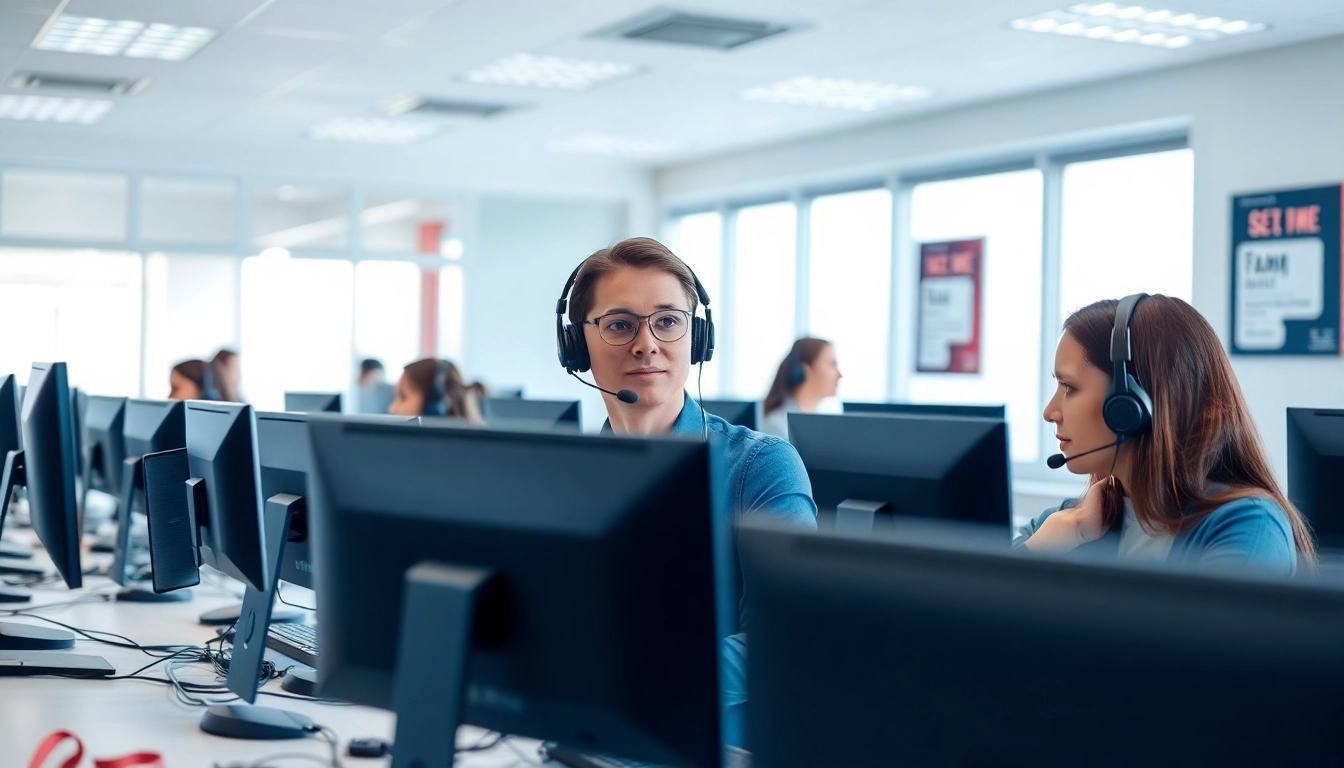
Understanding On-Site Videography
Definition and Importance of On-Site Videography
On-site videography refers to the process of capturing video footage at the location where an event is taking place rather than in a controlled studio environment. This approach brings a unique dynamic to video production by allowing the natural interactions and ambient elements of the surroundings to be incorporated into the visual storytelling. In today’s digital age, where visual content is paramount for branding and communication, mastering On-Site Videography is vital for capturing authentic moments and conveying emotions effectively.
Benefits for Businesses and Events
On-site videography offers numerous advantages for businesses and event organizers. By capturing footage in real-time, organizations can effectively document key moments, such as product launches, corporate training sessions, or guest speaker events, which can later be leveraged for marketing, training, or archival purposes. Here are several notable benefits:
- Authenticity: On-site videography captures the energy of the moment and provides an unfiltered view of events, enhancing engagement.
- Cost-Effectiveness: Shooting on-site can reduce overall production costs associated with setting up a studio, allowing teams to allocate resources more efficiently.
- Brand Storytelling: Businesses can create compelling narratives that resonate with audiences, using real-life scenarios that highlight their value propositions.
- Versatility: This approach is adaptable to various types of events – from corporate meetings and training sessions to weddings and family gatherings.
- Easy Distribution: Content captured on-site can be quickly edited and shared across multiple platforms, ensuring timely and relevant engagement with target audiences.
Key Differences Between On-Site Videography and Traditional Videography
While traditional videography often occurs in a controlled environment with pre-scripted scenes, on-site videography embraces spontaneity. Here are the key differences:
- Setting: Traditional videography is studio-based, whereas on-site videography takes place in diverse locations.
- Preparation: Traditional setups allow for extensive planning, while on-site videography requires adaptability to unexpected circumstances.
- Aesthetic: On-site videography captures real-time interactions and emotions, resulting in a more organic feel.
- Editing Style: On-site footage often requires quicker turnaround times for editing and distribution, as it is frequently tied to live events.
Choosing the Right Equipment for On-Site Videography
Essential Gear for High-Quality Video Production
When embarking on an on-site videography project, selecting the right equipment is crucial for achieving high-quality results. Here’s a list of essential gear:
- Camera: A versatile camera that supports high resolution and great low-light performance is fundamental. DSLRs or mirrorless cameras are popular choices among professionals.
- Stabilizers: A gimbal or tripod helps ensure steady shots, especially when filming in dynamic environments.
- Lenses: Depending on the project, having a variety of lenses can enhance creative possibilities (e.g., wide-angle for capturing large groups or events).
- Storage Solutions: High-capacity SD cards or external drives are necessary to store high-resolution video files.
- Batteries: Extra batteries are essential for extending shoot duration, particularly at events with no access to power sources.
Audio Equipment Considerations for On-Site Videography
High-quality audio is crucial in videography, and poor audio can detract significantly from the viewer’s experience. Here are some audio equipment considerations:
- Microphones: Lavalier mics are excellent for interviews, while shotgun mics are useful for capturing sound from a distance.
- Audio Recorders: Invest in a portable audio recorder to independently capture sound, ensuring better quality than using camera mics alone.
- Windshields: For outdoor shoots, windshields help eliminate unwanted noise from wind, preserving audio quality.
Lighting Solutions for Various Environments
Lighting can dramatically affect the quality of your video. Here are critical lighting solutions:
- Natural Light: Leverage available light during the day; outdoor shoots often benefit from the soft light of early mornings or late afternoons.
- Portable LED Lights: These are invaluable for indoor shots or low-light conditions, as they are compact and easily adjustable.
- Reflectors: Using reflectors can bounce and soften light, improving the overall look of the footage without additional equipment.
Best Practices in On-Site Videography
Planning and Storyboarding Your Shoot
Effective planning is foundational for successful on-site videography. Visualizing the shoot through storyboarding helps in organizing thoughts and anticipating needs. Key steps in planning include:
- Identifying Objectives: Understand what you want to achieve with the video. Clearly defined goals will guide your filming approach.
- Scout Locations: Familiarize yourself with the shooting locations to identify potential challenges and beautiful shots beforehand.
- Create a Shot List: Develop a list of essential shots to ensure you capture all the necessary footage as planned.
Engaging with Your Audience for Effective Filming
Connecting with the audience during the shoot is vital for capturing genuine moments. Consider these strategies:
- Make Attendees Comfortable: Approach interviewing subjects with warmth and clarity to instill confidence, resulting in more natural interactions.
- Incorporate B-roll: Capture additional footage outside primary scenes, as it adds layers to the narrative in post-production.
- Adapt to Feedback: Be receptive during filming; if something isn’t working, be prepared to pivot your approach to enhance audience engagement.
Editing Techniques to Enhance Your Final Product
Once filming is completed, the editing phase is essential for creating a polished final product. Here are some editing techniques to consider:
- Choosing the Right Software: Select editing software that matches your skill level – from beginners can opt for user-friendly tools to advanced users who can leverage professional-grade software.
- Editing for Style: Consider the tone of the video. Fast cuts may suit high-energy events, while smooth transitions work better for formal occasions.
- Incorporate Graphics and Text: Use graphics, titles, and captions to highlight essential information and engage viewers further.
Common Challenges in On-Site Videography
Addressing Technical Issues During Events
Every videography shooting comes with its set of challenges. One of the most common issues is technical glitches. Here are ways to mitigate such issues:
- Conduct Equipment Checks: Before shooting, thoroughly test all equipment to identify potential problems.
- Have Backups Ready: Always carry spare parts, such as batteries and memory cards, to avoid disruptions during the event.
- Maintain Technical Knowledge: Familiarize yourself with all equipment to troubleshoot issues quickly, using manuals or online resources as necessary.
Coping with Unpredictable Environments
On-site videography often means encountering unpredictable elements, such as weather or venue conditions. Strategies to adapt include:
- Adjusting Plans: Be flexible with your shooting plan. If a sudden downpour interrupts outdoor filming, have alternative indoor settings in mind.
- Monitor the Environment: Stay aware of changing conditions and be ready to adjust angles, lighting, or audio settings on the fly.
- Foster Team Communication: Establish clear lines of communication with your crew to react quickly to unexpected developments.
Managing Time Efficiently During Shoots
Time management plays a vital role in on-site videography. Here are some tips to maintain efficiency:
- Create a Timeline: Develop a shooting schedule that outlines important segments, allotting time for each, with contingencies in case of delays.
- Prioritize Shots: Capture crucial footage first before moving on to additional shots, ensuring you don’t miss vital moments.
- Limit Distractions: Keeping the crew focused and on task is essential for maintaining the shooting schedule.
Measuring Success in On-Site Videography
Key Performance Indicators for Videography Projects
Evaluating the effectiveness of your on-site videography project is essential for future improvements. Key performance indicators (KPIs) may include:
- Viewership Metrics: Analyze views, watch time, and engagement statistics across platforms to understand audience interest.
- Feedback: Actively seek viewer and client feedback through surveys or follow-up questions to gauge impact.
- Conversion Rates: Measure how many viewers took action — whether visiting a website, sharing content, or making a purchase — as a result of the video.
Gathering Feedback from Clients and Audiences
Emphasizing the importance of feedback contributes to refining future projects. Here are effective ways to gather feedback:
- Post-event Surveys: Send out surveys shortly after the event to capture immediate reactions and suggestions.
- Follow-up Interviews: Conduct interviews with key stakeholders and attendees to gain deeper insights into their experiences.
- Monitor Social Media: Track comments and reactions to the content shared online to understand audience sentiment and engagement factors.
Adapting Future Projects Based on Analytics
Using analytics data not only helps in measuring success but also informs improvements for future projects. Here’s how to leverage findings:
- Identify Trends: Review patterns in viewer engagement and preferences to understand what types of content resonate most with your audience.
- Adjust Content Strategy: Adapt future content strategies based on insights obtained from past projects’ performances, ensuring a better alignment with audience expectations.
- Invest in Skill Development: Use feedback to identify skill gaps within your team and seek training or interchanges to bolster overall production capabilities.







